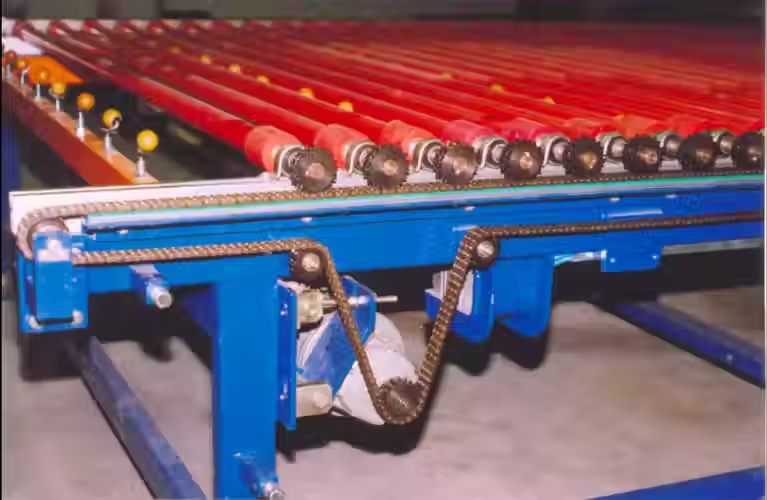Elevator Hopper Feeder
- Jaswanth srinivas
- Dec 23, 2024
- 3 min read
Elevator Hopper Feeder
An elevator hopper feeder is a critical component in material handling systems, especially in industries such as agriculture, mining, construction, and manufacturing. It plays a crucial role in efficiently feeding materials into elevators, conveyors, or other transport systems, ensuring smooth and uninterrupted flow of bulk materials. Typically designed to work with high-efficiency bucket elevators, this equipment ensures that materials like grains, coal, sand, minerals, or other bulk solids are consistently fed into a vertical transport system.
Functionality and Purpose
The primary purpose of the elevator hopper feeder is to regulate and control the flow of bulk materials into an elevator system. It is positioned at the base of the hopper or storage silo to facilitate the controlled discharge of materials into an elevator. The feeder can manage different flow rates, depending on the material's characteristics, and ensure that the material is evenly distributed for optimal operation.
The design of an elevator hopper feeder is engineered to handle a variety of materials while minimizing blockages, wear, and tear. It is designed to handle materials in various states—whether they are free-flowing, granular, or somewhat cohesive. The feeder typically features a sturdy construction made from durable materials like stainless steel to ensure long-term performance, especially under challenging industrial conditions.
Types of Elevator Hopper Feeders
Elevator hopper feeders come in several configurations, with the most common types being:
Vibratory Feeders: These feeders use vibration to move materials into the hopper. The vibrations help to dislodge materials, making it easier for them to flow into the elevator. This type is ideal for materials that are prone to clumping or require constant movement to maintain consistent flow.
Rotary Feeders: Rotary feeders use a rotating drum or paddle mechanism to push materials into the elevator. These are commonly used when materials need to be precisely metered or fed at a consistent rate.
Belt Feeders: These use a conveyor belt to move materials into the hopper. The belt's speed can be controlled to regulate the rate at which materials are fed into the elevator system.
Screw Feeders: A screw feeder uses a rotating screw to push materials into the elevator system. It is especially effective for handling materials with a higher moisture content or materials that tend to stick together.
Applications of Elevator Hopper Feeders
Elevator hopper feeders are used in a wide range of industries due to their versatility and ability to handle different types of materials. Some key applications include:
Agriculture: In grain elevators or silos, hopper feeders are used to feed harvested grains such as wheat, rice, or corn into vertical conveyors.
Mining and Minerals Processing: They are used in mines to feed ores and minerals into conveyor systems that transport them to different stages of processing.
Construction: In cement plants or sand quarries, these feeders help in moving granular materials like cement, limestone, or sand into elevators for transportation.
Food Processing: In the food industry, elevator hopper feeders ensure a consistent flow of ingredients like flour, sugar, or other bulk products into processing lines.
Benefits of Elevator Hopper Feeders
Improved Material Flow Control: Elevator hopper feeders provide consistent and controlled flow, reducing the chances of blockages or inconsistent delivery of materials.
Increased Efficiency: By optimizing material flow into the elevator system, they ensure higher throughput and minimal downtime, improving overall operational efficiency.
Reduced Wear and Tear: Proper feeding mechanisms prevent the wear and tear of both the elevator and feeder components, leading to lower maintenance costs and extended equipment life.
Cost Savings: With a reliable and efficient feeding system, companies can avoid overfeeding or underfeeding, ensuring that the right amount of material is moved without waste.
Conclusion
An elevator hopper feeder is an indispensable part of many bulk material handling systems. Its primary function is to ensure the steady, reliable, and controlled feeding of materials into vertical elevators or other conveyance systems. Whether in mining, agriculture, food processing, or construction, its ability to optimize flow rates, reduce downtime, and enhance efficiency makes it a critical component for any business involved in material transport.




Comments